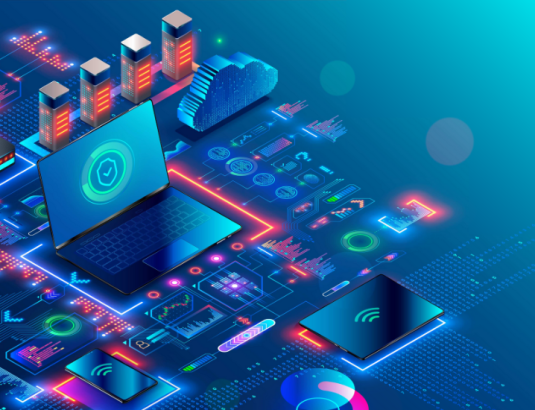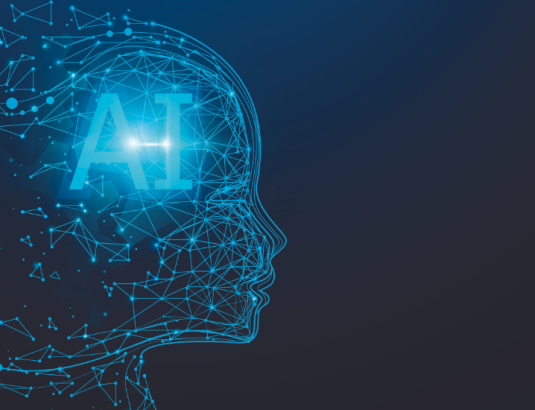


From the Smart Building to the Intelligent Building
Climate change and the need for sustainable development has brought into focus the promising solution of smart buildings. But what is a smart building?
Smart buildings refer to those that incorporate advanced technologies, interconnected systems and aim to optimize energy efficiency, occupant comfort and reduce environmental impact. They mainly operate with sensors in key systems within a building such as lighting, water supply, security, heating, etc.
But is there a substantial difference between smart houses and smart buildings?
By smart house we refer to the integration of smart systems into a residential environment. These devices are connected via IoT and interact with each other to create an automated environment. In this way, residents are able to control their home, automating their routine. On the other hand, a smart building is an industrial or commercial property that incorporates technologies whose main objective is the comfort of the occupants and the creation of a sustainable and smart environment.
To understand a smart building, the following are basic elements of its infrastructure:
- The sensors are designed to collect data on various aspects of heating, lighting, energy consumption, etc.
- IoT is a key element of a smart building, as it allows real-time communication between devices, sensors and systems.
- The BMS integrates the data it receives from sensors and devices, allowing administrators to manage their systems and operations.
- Reliable connectivity is considered for transmitting data between devices across the entire infrastructure, whether it involves Ethernet, Wi-Fi, mobile networks, etc.
- Cloud-based platforms provide storage and computing power to process and analyze data in real time from any location.
- As mentioned above, the goal of a smart building is energy efficiency and sustainability. With the energy management system, it is possible to analyze data to optimize energy consumption and integrate renewable sources.
- HMIs offer the possibility for administrators to interact with smart building systems e.g. voice commands and virtual assistants.
- Advanced security systems play an essential role in securing administrators and data e.g. access control devices, surveillance cameras.
From time to time, many people wonder whether smart buildings are the future of sustainability. In fact, it is a promising solution for saving energy. In summary, it can be achieved as follows:
By monitoring resources, their management can be achieved by reducing the environmental footprint.
By integrating renewable energy sources, pure sustainable energy is promoted.
Energy efficient practices contribute to efforts to combat climate change.
Typically, they incorporate environmentally friendly building materials, ensuring that environmental impacts are minimized.
Speaking of innovation, reference should be made to Intelligent Buildings and many manufacturers have already moved in this direction. In fact, Intelligent Buildings are the evolution of the above in terms of commercial spaces as, they focus on flexibility and are managed with advanced artificial intelligence and machine learning that enable visibility, control and automation.
The main benefits they offer are the following:
- Optimizes management costs by automating the various functions of the building
- Managers have full control over the operation of each resource
- Optimize energy efficiency and workplace environmental quality by powering resources via PoE
- The building is supplied with weak voltage and not 220V, thus avoiding risks and possible accidents, e.g. leaks.
- They offer the ability to connect even from a remote location
Intelligent Buildings accelerate the path to Net-Zero, as they utilize efficient PoE technology and can reduce a building’s carbon emissions, saving costs and providing improved workplace conditions.




